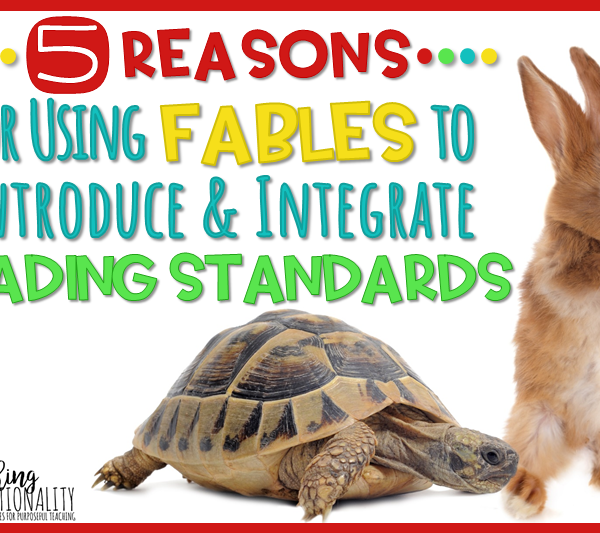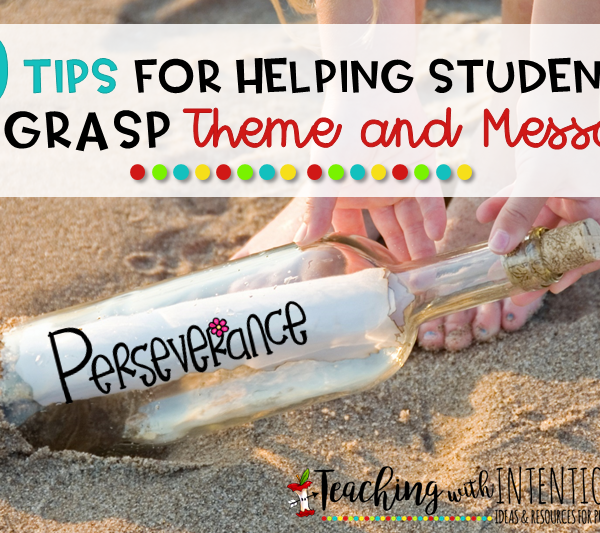My students love fables, and I love using them in my classroom. Fables are great for introducing reading standards, as…
Read More
Fables
Teaching Theme in Literature
Teaching–theme in literature can be quite difficult at the elementary level. As a third grade teacher, I have struggled with…
Read More



